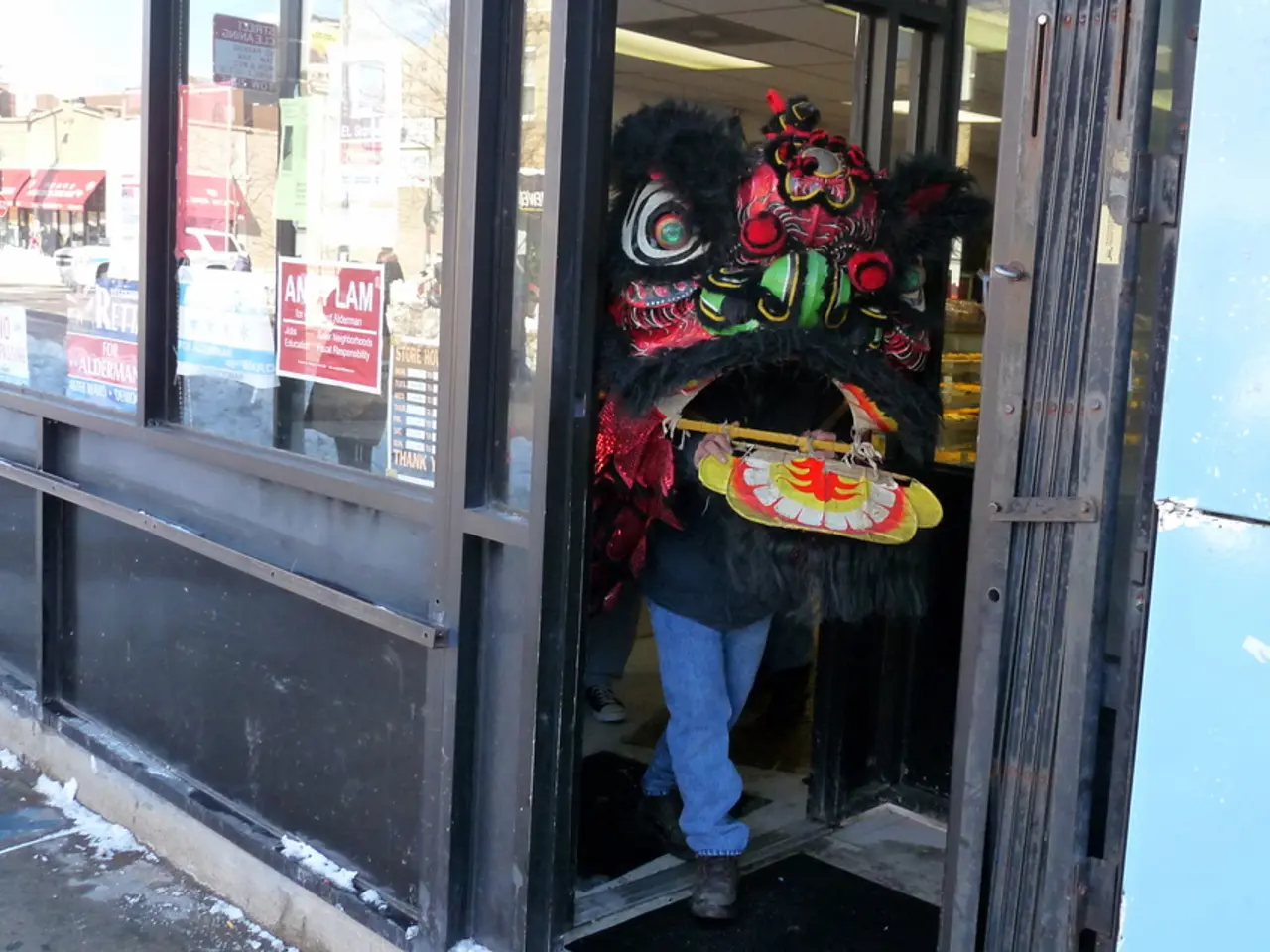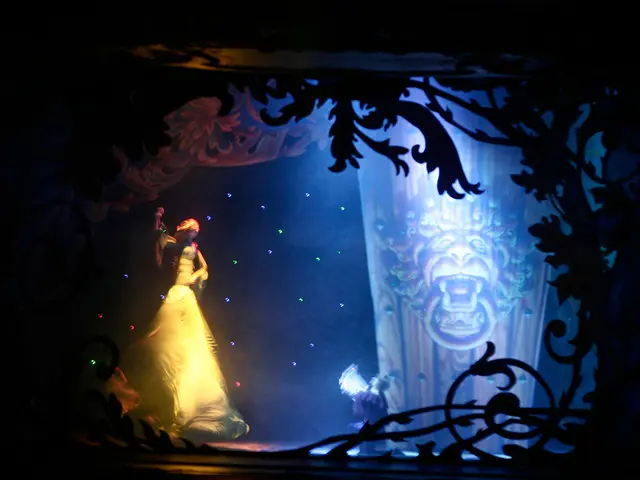Enhanced Virtual Reality in Clothing Shops: Benefits, Uses
In recent years, Augmented Reality (AR) has become an integral part of the fashion retail industry, offering a host of benefits that are reshaping the way consumers shop for clothing and accessories.
One of the most significant advantages of AR technology is its ability to reduce returns and increase conversions in online fashion retail. By offering virtual try-on experiences, customers can get a better sense of how an item will look on them before making a purchase, leading to increased satisfaction and fewer returns.
Several major fashion brands have successfully integrated AR into their retail strategies. H&M, Ralph Lauren, Burberry, Tommy Hilfiger, and Balenciaga are among those that have adopted AR mirrors, virtual try-ons, and immersive VR experiences. For instance, H&M's AR fitting rooms led to a 12% increase in conversion and a 30% rise in social shares, while Ralph Lauren's AR mirrors personalized styling in flagship stores, enhancing customer experience.
Brands like Burberry and Tommy Hilfiger have used VR for virtual stores and runway shows, broadening access and engagement globally. Adidas collaborated with Snapchat to launch an AR-driven shopping experience for their sneakers, while Gucci launched a mobile app that allows users to virtually try on their latest sneaker collection using AR.
AR also provides fashion retailers with a tool to differentiate themselves by embracing innovation. By offering personalized shopping experiences tailored to individual preferences, brands can create a unique shopping experience that sets them apart from the competition.
Moreover, AR offers data-driven insights to retailers by tracking customer interactions with AR displays and virtual try-ons. This data can be used to make informed decisions about inventory, marketing strategies, and product development.
ASOS implemented AR to create a virtual catwalk experience for its customers through the ASOS app, while Sephora’s AR Virtual Artist and Warby Parker’s virtual try-on features also exemplify successful AR use in beauty and fashion retail, increasing customer satisfaction and reducing product trial friction.
However, widespread consumer adoption and acceptance of AR is a challenge in fashion retail. Brands must invest in educating their customers about the benefits of AR and making the technology user-friendly to ensure its success.
In the future, the use of AR in fashion retail may involve more sophisticated virtual try-on experiences, AI integration, and wearable AR devices. Proven Reality specializes in creating bespoke AR applications for fashion retailers to enhance customer engagement and drive tangible results.
In conclusion, AR technology offers a wealth of opportunities for fashion retailers to enhance customer engagement, reduce returns, and increase conversions. By embracing AR, brands can differentiate themselves from the competition and future-proof their businesses.
Read also:
- Understanding Hemorrhagic Gastroenteritis: Key Facts
- Stopping Osteoporosis Treatment: Timeline Considerations
- Expanded Community Health Involvement by CK Birla Hospitals, Jaipur, Maintained Through Consistent Outreach Programs Across Rajasthan
- Abdominal Fat Accumulation: Causes and Strategies for Reduction








